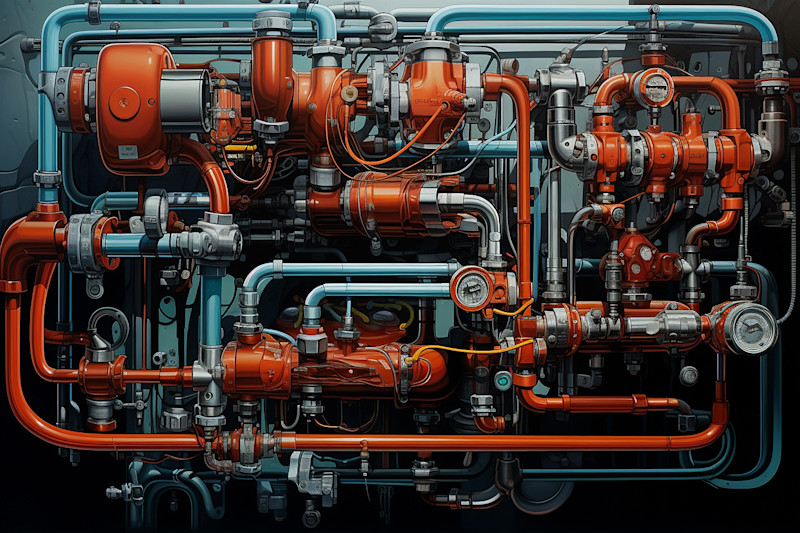The National Fluid Power Association (NFPA) has published its biennial update to their “Technology Roadmap”: “Improving the Design, Manufacture and Function of Fluid Components and Systems.” The report's scope addresses both the production and application of hydraulic and pneumatic components. The report covers the current expectations identified by industry stakeholders, key technology advancements, and areas for future development and research.
In the previous report, the two most important drivers for the industry were increased availability and up-time and increased productivity and performance. These same drivers apply today, and while the industry has made significant progress in addressing them, more work still needs to be done. Looking forward, industry stakeholders identified three areas for future improvement needed to fuel growth for the industry: improving data use, reliability/durability, and control systems.
Several areas identified for future development focus on improvements needed to generate data to address the performance/maintenance of fluid power components and to support the integration of these components with data collection systems and equipment control systems. Areas identified for research projects target improved sensor systems for fluid power devices, generation of data directly from these devices, and analytic tools needed to generate information from that data.
Increasing the data available from these essential components can provide significant value to companies that integrate these components into their products and the companies that utilize those products in their production operations. To maximize these benefits, the industry should consider supporting standards for both the method used to transmit data from these components and establish semantic definitions (a common language) for the data generated.
Multiple standards address wired and wireless methods for transmitting sensor data. As long as the industry embraces these standards and avoids developing proprietary solutions, fluid power components should integrate seamlessly into existing manufacturing software systems.
As the industry focuses more on the generation of data from fluid power devices, it would be highly desirable for the industry to consider the lessons learned in other industries and adopt a semantic data standard. Otherwise, each manufacturer of these components might develop proprietary solutions that will be more difficult and costly for implementers to integrate these components into existing systems.
The NFPA roadmap report is a comprehensive overview of the state of the fluid power industry and lays out a strategic vision for the future direction of fluid power devices. You can find the full report at https://www.nfpa.com/home/membership/NFPA-Technology-Roadmap.htm.






